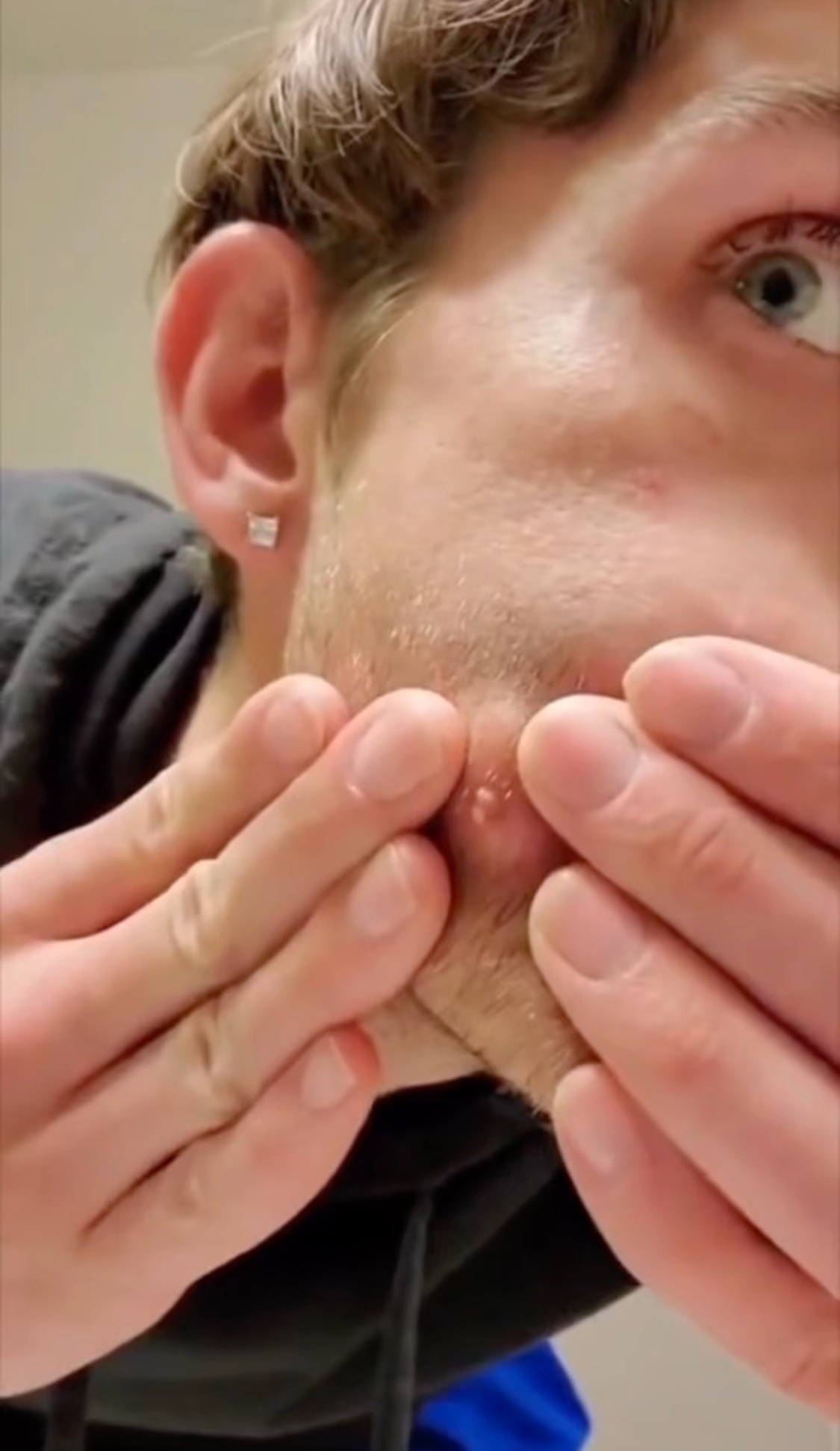WATCH FULL VIDEO IN THE LINK skin-careð¤©ð©ââï¸ð«
While a rash is often not considered a cause for alarm and will usually clear up quickly, it’s important to watch out for additional symptoms that could indicate a more serious problem. Contact your healthcare provider if you notice any of the following
1.Fever
2.A rash that spreads quickly and/or covers most of your body
3.Blisters around your eyes or mouth
4.Signs the rash is infected, such as green or yellow fluid, crusting, red streaks, warmth, and pain.
How to Get Rid of a Face Rash
There are multiple ways you can take care of a face rash at home, including home remedies and OTC medications.
Home Remedies
Home treatments and strategies that can help get rid of a facial rash include:Stop using any new cosmetics or face creams.
1. When cleaning your face, use warm (not hot) water and gently pat dry
2. Calamine lotion and oaeal feace mask may help relieve the itching and discomfort associated with chickenpox, poison ivy, or poison oak.2425
3.Applying aloe vera gel may help your skin heal more quickly.26
4. Avoid scratching, which can make it worse and could lead to infection
OTC Medications
The most common OTC medications for facial rashes include:
- Oral antihistamines, which can help reduce swelling, redness, and itchiness27
- Corticosteroids, available as creams and sprays, can help reduce inflammation28
When to See a Healthcare Provider
You should contact your healthcare provider about your facial rash if:
- The rash is painful, shows signs of infection, or has lasted more than two weeks.
- You have a fever, joint pain, sore throat, or flu-like symptoms
- You notice the rash is spreading quickly and/or covers most of your body
Go to the emergency room if you experience any of the following symptoms:23
- Difficulty breathing
- Swelling of the lips, tongue, or throat
- Blisters in your eyes, mouth, or genital area
Summary
Rashes are abnormal changes in skin color or texture. They can appear anywhere on your body, including your face, and can be red, itchy, bumpy, scaly, warm, and/or painful.
A wide variety of conditions can trigger a facial rash, including infections, allergies, and autoimmune diseases. You can treat your symptoms at home with OTC oral antihistamines and/or corticosteroids, but if you aren’t sure what’s causing your rash, see a healthcare provider for an accurate diagnosis.
Seek medical attention if your rash is spreading quickly or appears to be infected or if you have a fever or blisters in your eyes, mouth, or genital area. See a healthcare provider such as a dermatologist who can pinpoint the underlying cause and come up with a treatment plan.


